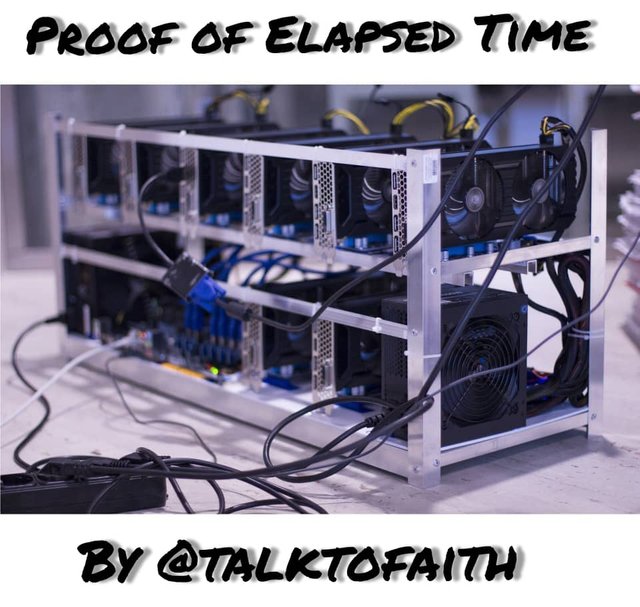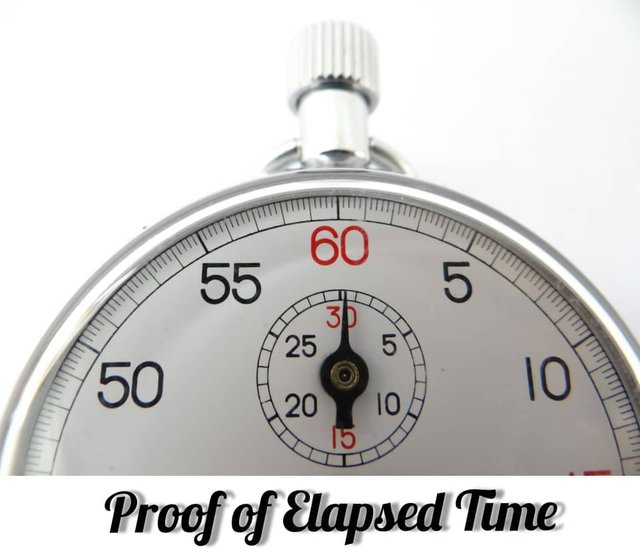Steemit Crypto Academy Homework For @alphafx : Concensus Algorithm || Homework Submitted By @talktofaith

Source
Introduction
Hello Professor @alphafx and my fellow crypto students, i am back with my steemit crypto academy homework submission. In this @alphafx took us on a journey on Concensus Algorithm.
From our lecture, professor @alphafx defined Concensus Algorithm as a sequence of well implemented codes amongst nodes used to maintain the integrity of data in the blockchain. The algorithm is responsible for the validation of transaction, creation and validation of blocks as well as to keep the nodes in check.
According to Mohsin James, Concensus Algorithm is what allows the blockchain to validate and confirm transactions and operations without the need for a third party intermediary. Hence a concensus algorithm decides the next block to be added to the blockchain.
Types Of Concensus Algorithm
Proof of Work (PoW)
This type of concensus algorithm requires miners to use significant amount of computer power to deter malicious cyber activities. The projects that uses PoW includes; Bitcoin, Etherum, Dogecoin, Bitcoincash, Litecoin, Etherum Classic, Monero, Bitcoin SV, DASH, Zcash.
Proof Of Stake (PoS)
The PoS was invented to solve the problem caused by PoW, it puts the mining poweersin the hands of coin holders. Projects that uses PoS includes; Binance Coin, Cardano, Polkadot, Stellar, Neo, Cosmos.
Delegated Proof Of Stake (DPoS)
here witnesses are selected from people who hold the coins and they are charged with the responsibility of making blocks, they are like stakeholders. The witnesses are vote to oversee the blockchain and maintain functionality. The projects on DPoS includes; Tron, EOS, Tezos, Lisk, Ark etc.
Proof of Elapsed Time

source
This is a concensus mechanism developed primarily for permissioned blockchain networks to decide the mining right or block winners on the blockchain. It is an innovative concensus algprithm with highly efficient scalability. it is a popular tool for implementing and experimenting with distributed ledger system. PoET was developed in 2016 by the chip manufacturing giants Intel Corporation (INTC) and introduced as a lottery-based concensus algorithm protected by cryptography. It offers a ready made high tech tool to solve the computing problem of random leader selection. Proof of Elapsed Time is the default algorithm for solutions using Hyperledger (PoET use case) Sawtooth framework.
Advantages of PoET
It doesn't have a high power consumption just like PoW.
It is basically the substantial improvement in the efficiency of PoW system. It solved the problem of random leader selection in PoW without being being resource intensive demanding.
It is an extremely efficient and scalable concensus algorithm.
The network is resistance to both internal and external attacks due to the process of selection and acceptance of validation.
Disadvantages of PoET
- It cannot run independently. It extremely depends on Intel Technology for it's operations.
How PoET Works
This concensus removes the need for due mining process and replaces it with timer system for network participants. The Proof of Elaped Time creates a ring where participants are controlled by the controller. The controller is responsible for verifying that the work done by the participants in the trust ring are correct. The controller does this by solving a random stopwatch and cryptographic tests to enable participants produce blocks within the blockchain.
Each timer receives a random timer object and the first timer "wakes up" the participant who in turn becomes the block leader and produces a new block. The chosen participant generates blocks, develops the cryptographic test, then sens to the controller. The controller receives it and in turn verifies it and accepts blocks, if not correct it discards it.
In generating the blocks, some pregeneration rules are to be followed by the participants,which incledes;
Generate a secure certificate using RDRAND SGX and store it in your TEE.
Share the certificate with the network. This is done by the participant so that they will become active and recognized participants within the network.
Judging from this 2 rules, any of the participants who is not recognized by the central authorities of the network cannot participate in it.
Thanks guys for visiting my homework submission post,
@alphafx, i believe i have done justice to this homework, this is my entry so far.
Best regards
good job, but i would have lked to see more details on PoET
Thanks for participating